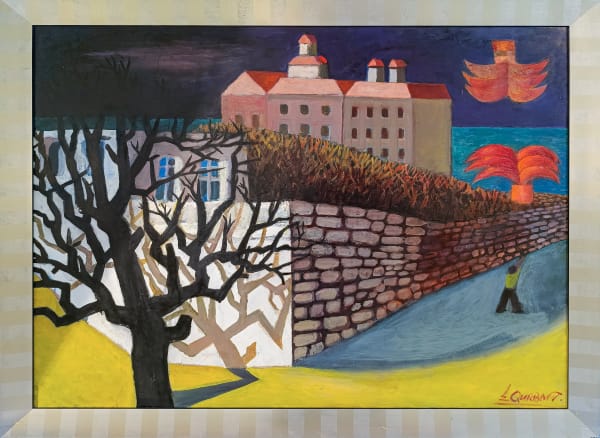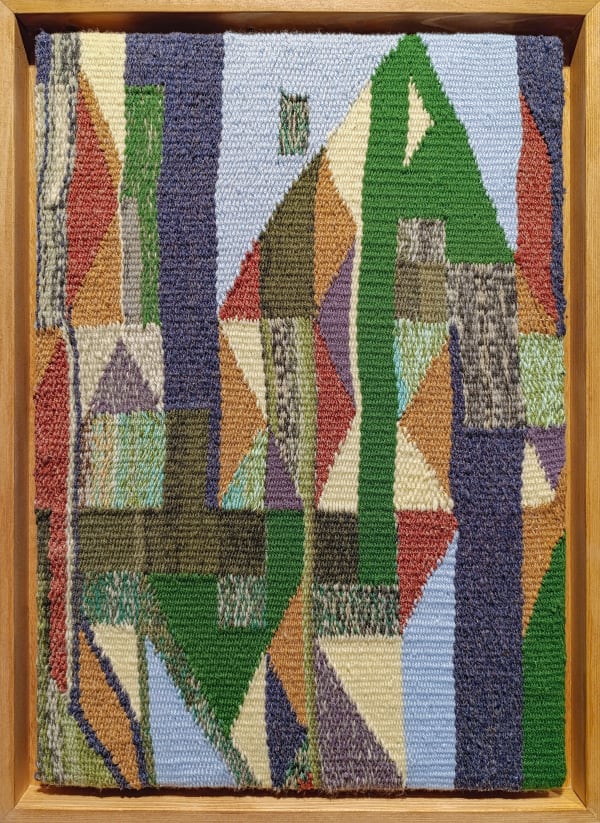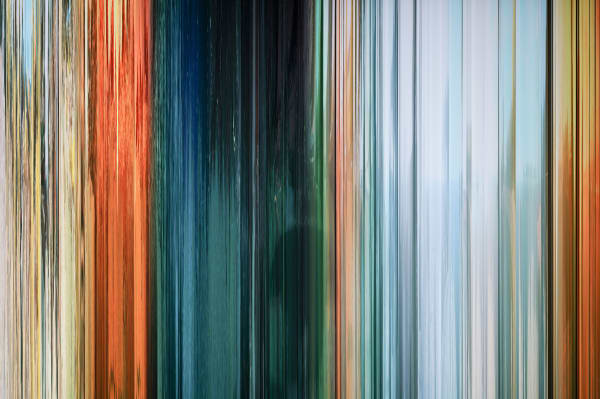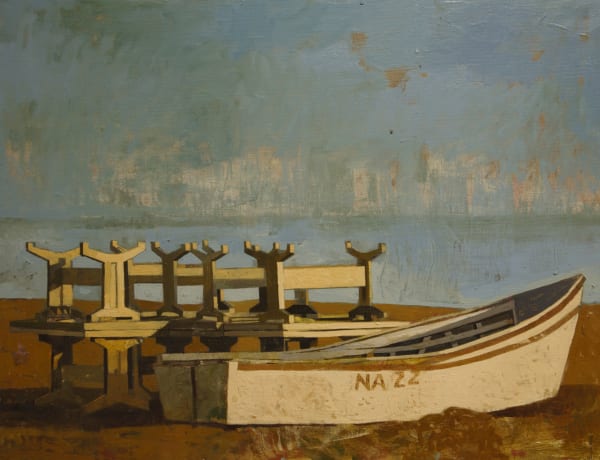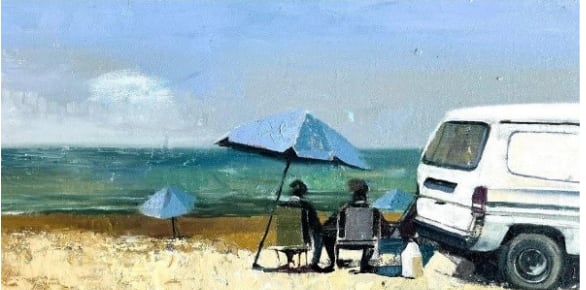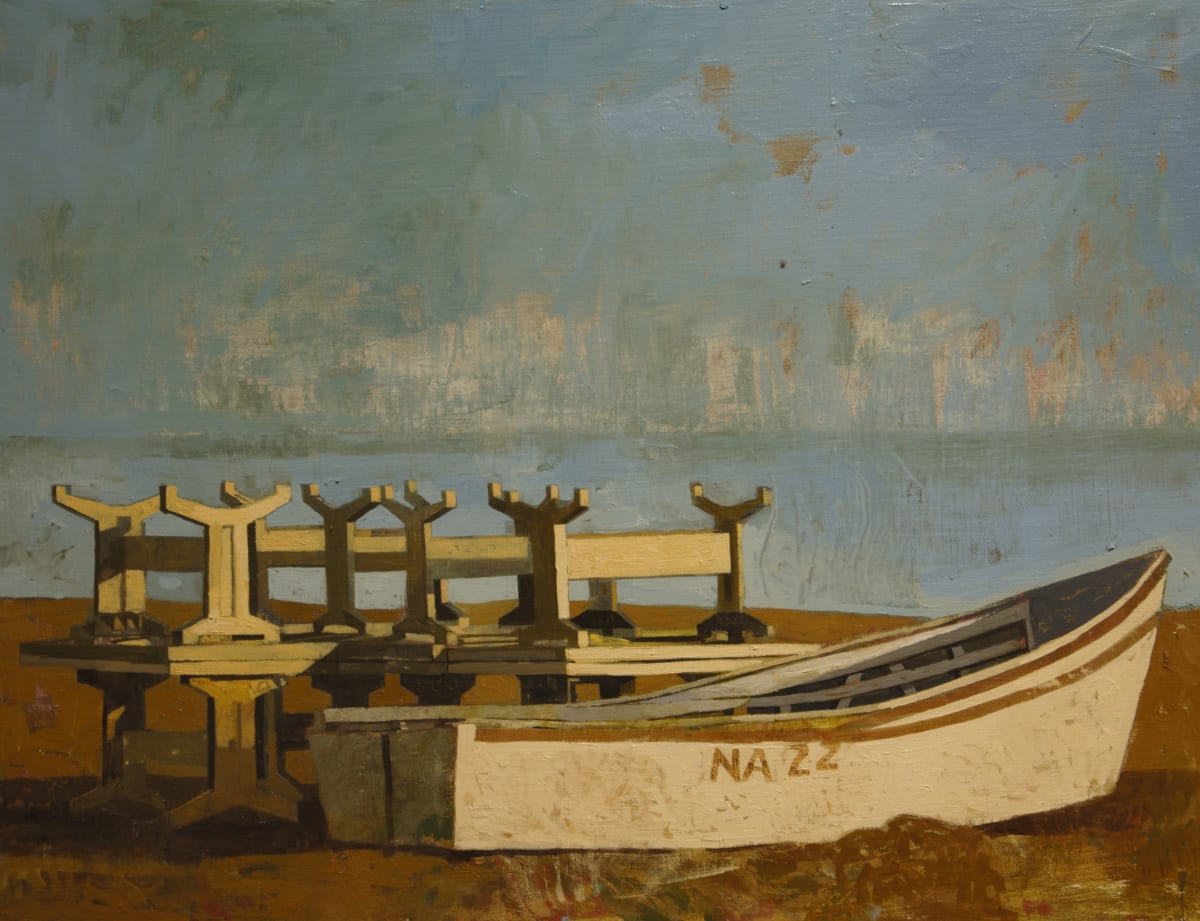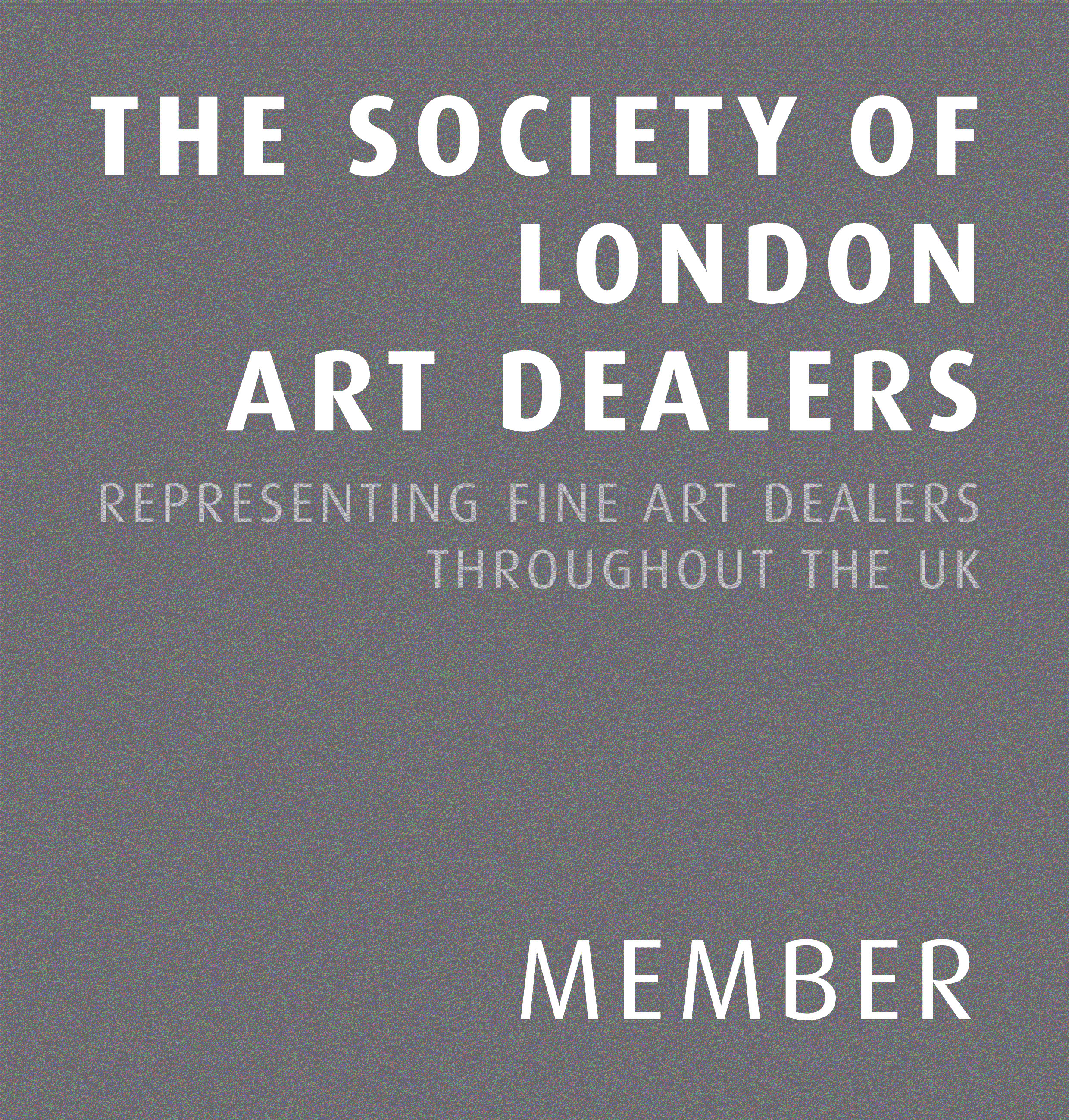Liquid Time: Aziz + Cucher, Jala Aziz, Rashad Babayev, Eldar Gurban, Butunay Hagverdiyev, Hyo Myoung Kim, Giovanni Ozzola
Gazelli Art House Baku is pleased to present the exhibition Liquid Time as part of its participation in the international contemporary art festival Fly to Baku. Art Weekend. Sense the Future NOW. The festival brings together art, culture, and ecology, creating a dynamic platform for dialogue and innovation.
Liquid Time gathers contemporary artists in Baku, in dialogue with international artists, to explore the physical, poetic and political dimensions of water. Moving between the Caspian’s tides and the inner currents of emotion and memory, the exhibition reflects on water as a symbol of continuity, vulnerability, and change – a mirror in which the world continually remakes itself.
In this constellation, Jala Aziz transforms the materiality of water into a language of healing and reflection. Her tactile, process-driven works capture the rhythm of waves and the quiet persistence of erosion, tracing how time imprints itself on matter and memory alike.
Rashad Babayev approaches water as a metaphor for the unconscious – a surface that conceals depth, myth, and transformation. His paintings and installations ripple with ambiguity, offering glimpses into the shifting border between presence and disappearance, abstraction and narrative.
Butunay Hagverdiyev’s works unfold as a meditation on the fluid nature of memory, where water serves as both a metaphor and a vessel through which perception drifts, transforms, and resurfaces. His pieces capture the tidal rhythm of recollection, reflecting how the movement of water distorts and deepens the emotional layers of experience.
The artist duo Aziz + Cucher bring a global perspective to Liquid Time, engaging with the technological and political implications of fluidity in an interconnected world. Their digitally mediated landscapes and biomorphic forms challenge the stability of human identity, suggesting that like water, we are constantly in flux – porous, adaptive, and entangled with our environments.
Eldar Gurban captures the metaphysical dimension of the Caspian, treating it as both a subject and a symbol. His minimalist gestures and meditative compositions dwell on stillness and depth, invoking the sea as a site of contemplation and renewal, where temporal boundaries dissolve.
In contrast, Hyo Myoung Kim investigates the scientific and emotional properties of water through kinetic and sound-based installations. By translating molecular movement into light and vibration, Kim transforms the invisible into the perceptible, revealing water as both an element of life and a resonant archive of planetary motion.
In many of Giovanni Ozzola’s video works the experience transports the viewer to a constructed world where one is invited to voluntarily suspend reality. In Warm Shadow # Intro (2019) a body of water is disturbed by the movement of a synchronized swimmer. The stillness and control are disrupted by the increasingly intensifying heartbeat on the soundtrack. This may be read as a metaphor for not always knowing what anxieties and struggles happen underneath the surface despite apparent perfection on the outside.
Together, these artists create a dynamic conversation about liquidity as a condition of contemporary existence where identities, borders, and ecosystems are perpetually reshaped by unseen currents. Liquid Time invites viewers to drift between micro and macro perspectives, from the intimacy of a single droplet to the vastness of the sea. The exhibition contemplates how water – mutable yet essential – continues to define the pulse of our shared world.
Visitors will also have the opportunity to experience Quantum Tango (2025) by British artist Ernest Edmonds, a trailblazer in the fields of computational and interactive art. This new installation represents the most recent development in Edmonds’s seminal Cities Tango project, initiated in 2007. Harnessing cameras, the internet, photography, and algorithmic code, Quantum Tango creates a live, interactive dialogue between audiences across international locations. In this iteration, the work connects Gazelli Art House’s galleries in Baku and London with Phoenix Arts in Leicester, UK, extending Edmonds’s ongoing exploration of human connection, digital communication, and the evolving relationship between art and technology.
At each location, a computer is connected to a display screen and a camera is pointed to the area in front of it. The display shows an ever-changing blend of colour bands and images from the other cities. What is seen depends both on the movement of people in front of the display and on what is happening in the other cities. In a new development by Edmonds, coinciding with United Nations’ Year of Quantum 2025, quantum computer logic is used to determine the coloured shapes that overlay the photographic images, producing an ever-changing and unpredictable quality.
-
 Rashad Babayev, Landscape, 2015
Rashad Babayev, Landscape, 2015 -
 Eldar Gurban, Flying Serpents Launch, 2007
Eldar Gurban, Flying Serpents Launch, 2007 -
 Jala Aziz, From “Within the Still Moment” series , 2025
Jala Aziz, From “Within the Still Moment” series , 2025 -
 Hyo Myoung Kim, Spectrum Colors Arranged by Chance VI - Fingered, 2012
Hyo Myoung Kim, Spectrum Colors Arranged by Chance VI - Fingered, 2012 -
 Aziz + Cucher, Scenapse #5 (Burnt Mountain), 2007
Aziz + Cucher, Scenapse #5 (Burnt Mountain), 2007 -
 Hyo Myoung Kim, 1024 Colors, 2012
Hyo Myoung Kim, 1024 Colors, 2012 -
 Hyo Myoung Kim, Untitled - Shore, 2010
Hyo Myoung Kim, Untitled - Shore, 2010 -
 Hyo Myoung Kim, Forest, 2010
Hyo Myoung Kim, Forest, 2010 -
 Hyo Myoung Kim, Forest, 2010
Hyo Myoung Kim, Forest, 2010 -
 Butunay Hagverdiyev, Sunrise, 2021
Butunay Hagverdiyev, Sunrise, 2021 -
 Butunay Hagverdiyev, Boat and tables, 2021
Butunay Hagverdiyev, Boat and tables, 2021 -
 Butunay Hagverdiyev, Bilgah, 2025
Butunay Hagverdiyev, Bilgah, 2025


